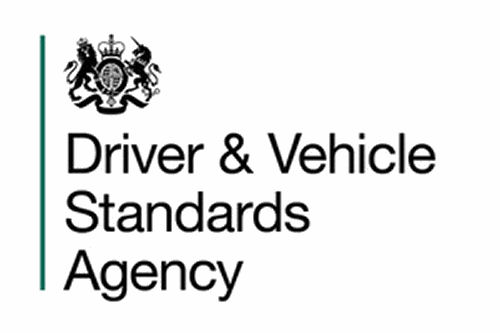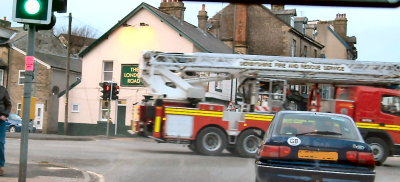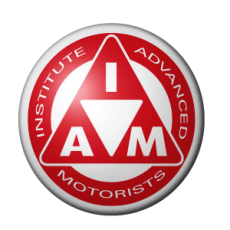Which system?
There are a few different systems for driving. The system recommended by the Driver and Vehicle Standards Agency in the UK is: 'Mirrors – Signal – Manoeuvre'. It's worth spending a little time to understand the similarities and differences between the systems. At this point it's worth revisiting the Driving Style Article from Part-One of your study.
 DVSA Mirror Signal Manoeuvre
DVSA Mirror Signal Manoeuvre
The manoeuvre is further broken down into: 'Position – Speed – Look'.
For those who like to study the absolute infinite detail, the final breakdown extends the 'Look' element of the routine into: 'Look –Assess – Decide – ACT'.
The abbreviations for this lot are MSM - PSL - LADA!
Police
Another popular system is the police system of vehicle control explained in the UK police manual 'Roadcraft' (available from most bookshops or on Amazon). This breaks down as shown below. The clip on below from the Altringham Advanced Motorists group shows Keith Nicholson, an ex-police class one driver, demonstrating the use of the police system at a junction.

As stated in the introduction, it doesn't much matter which system you adopt. If you drive efficiently and safely, you will pass any advanced test that you take - anywhere in the world.
However, positioning to the extreme left or right for forward vision is not acceptable during ADI Part-Two - the DVSA wish to see a drive based on the MSM -PSL routine described in the DVSA Driving Manual.
An easy starting point
In order to develop your skills quickly and intuitively, you might find that the easiest way to start 'systematic driving' is with the abbreviated version of the MSM-PSL-LAD system. The following system was developed by Alan Fleet in the late 1970's. Alan was a pioneer in the development of driving videos and sought to make the task of learning as easy as possible.
- Mirrors
- Signal
- Position
- Speed
- Gear
The 'MSPSG' routine assumes that observation will carry on throughout the manoeuvre (similar to the Police system. The benefit of the routine is that it puts an emphasis on linking speed and gear – also it is easy to remember and implement.
In practical driving the MSPSG routine, along with other routines is only a guide. In many/most situations it will be necessary to make more than one mirror check.
 The police system shown above shows an 'information' bubble (pink background) indication that you should be constantly proceeding incoming information and be prepared to communicate information to others throughout the routine.
The police system shown above shows an 'information' bubble (pink background) indication that you should be constantly proceeding incoming information and be prepared to communicate information to others throughout the routine.
You should aim to develop this constant state of awareness whichever basic routine you use as a starting point – while habitual routines are beneficial for safe driving, a real expert will have a degree of flexibility within the routine that will protect him/her in the event of something unexpected happening (like the fire engine shown on the right – notice the green light in the top left of the picture).
But of course, by adopting a systematic, routine approach to driving you will minimise the chances of being taken by surprise on the road.
Other routines
Over the years, there have been quite a few different methods for remembering the driving routine; here are another couple of examples...
 My Safety Cannot Be Given Away
My Safety Cannot Be Given Away
- Mirrors
- Signal
- Brakes
- Gear
- Accelerate
Can My Safety Be Given Away?
- Course
- Mirrors
- Signal
- Brakes
- Gear
- Accelerate
The next few pages explore each element of the driving routine. Read them carefully before starting the driving project for this section.
Next: Step 3 - Starting the routine by checking your mirrors.